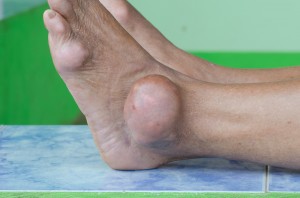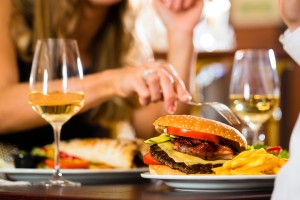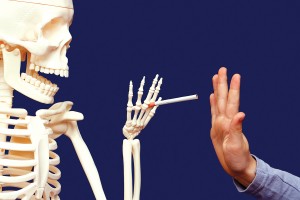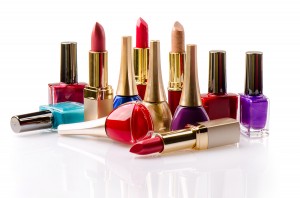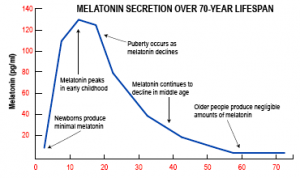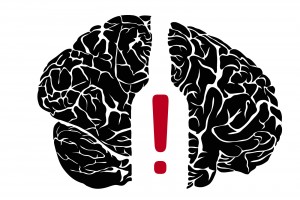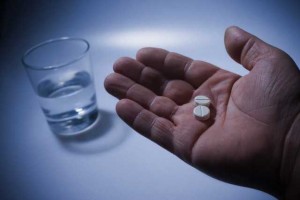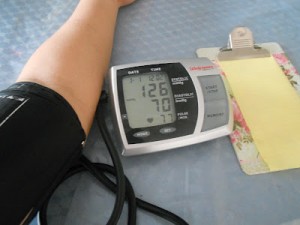Countless blogs have been written about gaining pounds with holiday food. This is not my topic in this blog. I am looking at the medical evidence of what is happening to our bodies, some of which is permanent. I like to focus on the gallbladder, blood pressure, heart function and gout. I will provide little clinical vignettes that make my points clear.
Gallbladder disease
Many patients are unaware that their gallbladder has developed stones that accumulate over several years, perhaps even several decades. But, if infection sets in there is an acute flare-up of gallbladder pain, which can be excruciating. Also, when one of the stones is transported into the gallbladder duct, there is a sudden colicky pain similar to labor pains. In cases where the migrating stone blocks the common bile duct, the patient can get jaundiced and the pancreatic juice can get backed up leading to an acute pancreatitis.
What does that have to do with overindulging during a Thanksgiving meal? Fatty sauces, ham, and gravy can all lead to more cholesterol deposits in the gallbladder and make stones larger. Add to this a rich dessert with ice cream and a dollop of whipped cream and you’ve got yourself a fairly fatty feast. So, this one fatty meal can make a difference by bringing on symptoms of a previously undiagnosed condition, and you spend hours in an emergency room of a hospital.
The scenario could look like this case:
Fred is a 40-year-old teacher, somewhat overweight who enjoyed a holiday meal at his parent’s place for Thanksgiving. His health has been good with no surgeries. Following the turkey dinner, which he enjoyed he noticed right upper abdominal pain, and he started to vomit. As the pain did not improve, his parents called an ambulance that brought him to a hospital. The emergency physician said that he was concerned about Fred’s gallbladder. He ordered a CT scan and this showed multiple stones with one of the stones being stuck in the cystic duct. Despite pain medication and bed rest the situation did not resolve (the stone did not pass). A surgeon was called in and a laparoscopic cholecystectomy was performed. Fred recovered within only 3 days and could return to teaching. The fatty food of the Thanksgiving dinner was only the tip of the iceberg in this case. The fact that there have been many pre-existing gallbladder stones tells us that this patient had the chronic habit to eat foods with too much fat and cholesterol.
High blood pressure
Extra salt intake leads to an elevation of blood pressure. If a person has borderline high blood pressure, the extra salt intake from holiday meals can get the blood pressure out of control and this in turn can cause a stroke (typically a hemorrhagic stroke) or is a strain to the heart leading to a heart attack or to congestive heart failure.
Janice is a 50-year-old janitor who has had problems with borderline high blood pressure readings. Normally her blood pressure was 140 over 90, and when she watched her salt intake it would go down to 125 over 80. She bought a blood pressure monitoring device, just so she could measure her own blood pressure at home. Following the Thanksgiving turkey dinner she noticed that she developed fullness in her head and a headache and her face looked flushed. She took her blood pressure with a reading of 160 over 100. It had never been that high. When she saw her doctor he asked her what she had for Thanksgiving dinner: they sat together with friends and had potato chips with dip and drank some red wine with it. Next for the meal she enjoyed the roasted, brined turkey and ham. Yes, she did add some more salt to the mashed potatoes too.
The doctor found her blood pressure to be 165 over 100. He explained to her that she needs to go on a DASH diet, which is low in salt. He also started her on blood pressure pills. Here is another link for a low salt diet.
Heart attack following turkey dinner
When working as an intern in teaching hospitals of McMaster University of Hamilton/Ont. during my training in 1975 to 1978 I noticed a strange correlation between holidays like Thanksgiving and Christmas and intensive care unit admissions with acute heart attacks. Later a formal study was published that there is indeed such a correlation between consuming a big meal with fat, salt and refined carbohydrates and the development of a heart attack.
This likely does not develop without prior silent conditions of high triglycerides, high cholesterol and insulin resistance leading to inflammatory substances circulating in the blood. The C-reactive protein is one of the substances that has emerged as a useful monitoring device and a fasting insulin level. Both should be low or the person is at a higher risk of developing a heart attack.
Add to this a festive, large meal and you got troubles at your hand like in the next case:
Joan is a 62-year-old high school principal who developed chest pain within 2 hours of having enjoyed her Christmas dinner. She was known to have high cholesterol levels for about 5 years and she had been taking statins for 4 years as diet alone could not control it. But she loved food in general and was about 20 pounds overweight. The doctor had discussed exercise with her, but she felt too busy doing other things. Now all of this came back to her as she was recovering in a hospital bed from an emergency stent procedure. They had to insert two stents to overcome narrowing of the coronary arteries. She was now pain free and felt that she needed to do something about her lifestyle. She would see a dietician and record her weights daily. She wanted to loose 20 pounds and yes, she wanted to start mild exercise when her doctor allowed it and gradually build it up to a maintenance program.
Gout attack following rich meal
It is known since the Middle Ages that feasting on a large meal of beef combined with lots of beer or wine can cause a gout attack. Gout at this time was known as a disease of the affluent. The poor obviously could not afford big feasts. Today we know that purines are the end product of meats and this gets excreted in the kidneys. However, alcohol prevents the purines to be excreted in the urine so that uric acid levels exceed a certain limit beyond which uric acid crystals are precipitated in soft tissues like around joints, which is very painful.
The following case will illustrate this:
Carl, a 45-year-old sales person suddenly developed excruciating pain and swelling in his left big toe. He went to the emergency room of the closest hospital. After some tests he was told that he had come down with acute gout. His blood tests showed a high uric acid level and biopsy samples from the left toes also revealed uric acid crystals. With the help of colchicine and allopurinol things turned back to normal within 3 days.
The gout episode occurred just 4 hours after his holiday meal consisting of a few beers and copious amounts of turkey meat. He also seems to be addicted to soft drinks which are sweetened with high fructose corn syrup which he consumes freely all day long.
It is known that sugar from soft drinks make a person 85% more prone to develop gout than a person who uses diet drinks or water.
Here is a diet sheet for Carl to prevent his next gout attack.
Conclusion
Who would have thought in the past that food could be a dangerous substance with the potential of making us sick? But this is exactly what I wanted to point out in this blog. Of course, it does not stop at holidays where we tend to eat more of what we normally eat. It pays dividends watching what we consume even in the days between feasts. For instance a DASH diet is a good idea for those of us who may have developed borderline high blood pressure. Avoiding excessive red meat is a good idea for prevention of heart attacks and strokes, as your cholesterol stays lower. Avoiding soft drinks with sugar and fructose is good prevention for avoiding obesity, cancer, heart attacks and strokes. Get the greens going (vegetables, salads etc.) to live longer without disabilities.
Last edited Dec. 6, 2014
